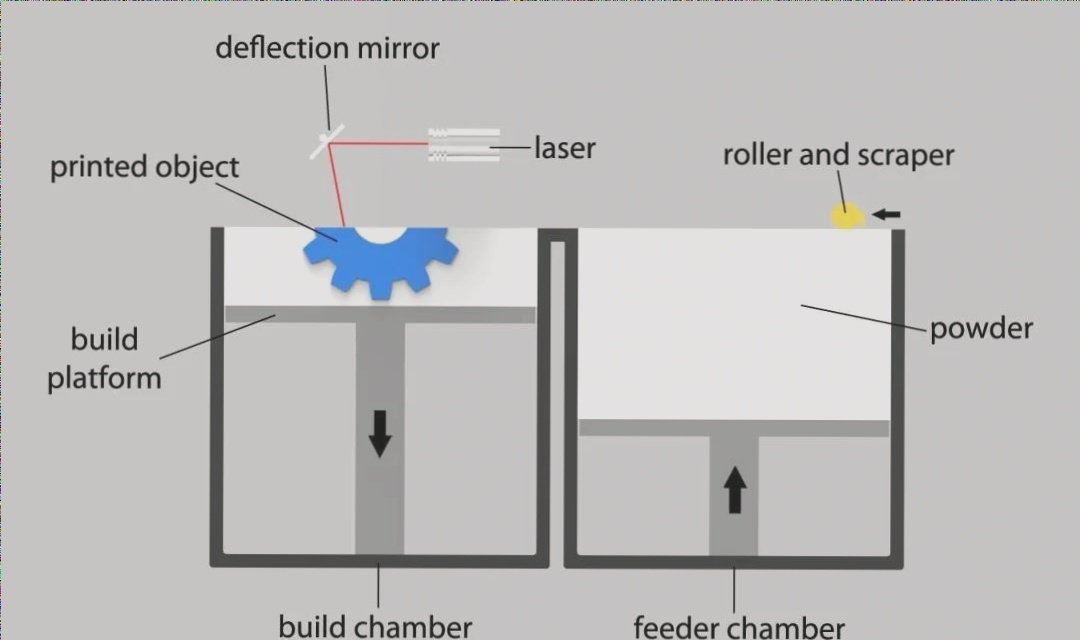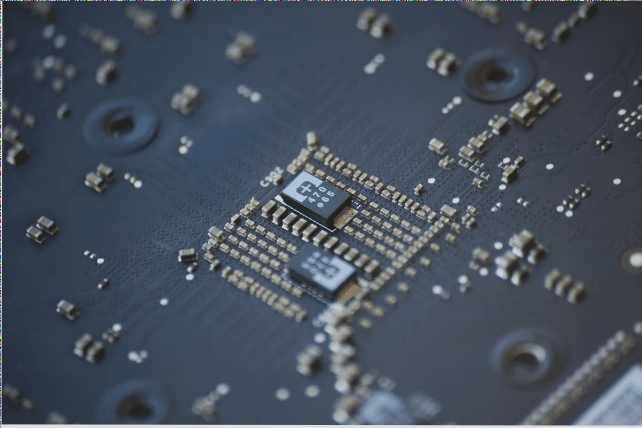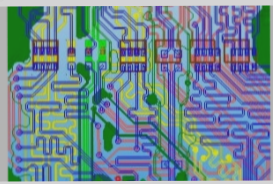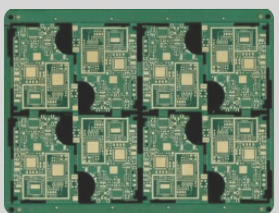Effective PCB Copying Techniques in Electronic Design
Grounding Methods in PCB Technology
- The evolution of electronic design is reflected in various circuit board grounding techniques, from basic analog to mixed grounding for analog and digital circuits.
- For products with EMC compliance or high signal frequencies, selecting appropriate PCB grounding techniques is crucial for optimal performance.
- Grounding plays a significant role in enhancing circuit stability by reducing loop areas through different grounding methods.
Grounding Technologies for Optimal Performance
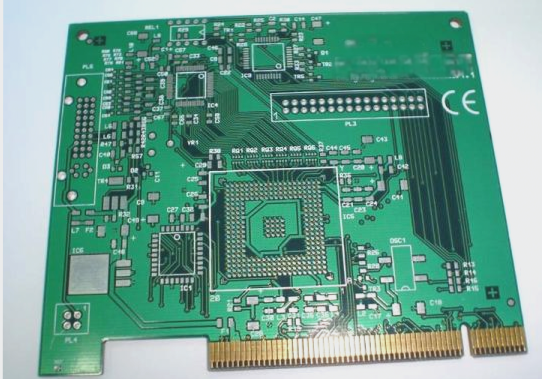
Using PCB Optocoupler Technology
Utilizing PCB optocoupler technology minimizes ground loop interference, enhancing circuit stability by protecting the back circuit from front circuit influence.
Isolation Transformer Technology
Employing a 1:1 isolation transformer separates transmitting and receiving circuits, reducing ground loop interference and providing better isolation.
Common Mode Choke
Connecting circuits through a common-mode choke significantly reduces ground loop interference in the receiving circuit, supporting electromagnetic compatibility testing.
Balanced Circuit Technology
Using a multi-point parallel power supply and single-point ground connections improves system stability by preventing interference between circuit modules.
Minimizing Grounding Issues
-
Floating Technology
Floating technology isolates circuit board signals from external ground, reducing susceptibility to interference. However, static electricity accumulation can lead to ESD issues.
-
Series Single-Point Grounding
This simple grounding method may cause common impedance coupling, requiring attention to avoid interference between circuit modules.
-
Parallel Single-Point Grounding
This method eliminates common impedance coupling but may increase the number of grounding wires. The choice between series and parallel grounding depends on board area and requirements.
Multi-Point Grounding in PCB Design
Multi-point grounding is a common practice in modern PCB design, especially for circuits with multiple modules. This method is effective in reducing high-frequency interference but can sometimes cause ground loop issues. Designers need to carefully consider this during the design phase to enhance system stability. For small, high-speed equipment operating above 10 MHz, it is recommended to use multi-point grounding along with a metal chassis. The connection length should be kept under 1/20 of the wavelength at the maximum operating frequency, with the metal shell grounded at a single point.
Enhancing System Stability and EMC Performance
When it comes to electronic circuit design, one of the most critical factors is minimizing circuit area, as it directly influences system stability and EMC performance. By carefully assessing and implementing the grounding methods mentioned above, designers can effectively enhance system stability and optimize EMC performance. For low-speed equipment operating below 1 MHz, floating ground or single-point grounding with a metal shell can be a suitable choice. On the other hand, for higher frequencies, combining multi-point grounding with a metal chassis yields the best outcomes.
If you have any inquiries regarding PCB design, feel free to reach out to us at info@wellcircuits.com.

